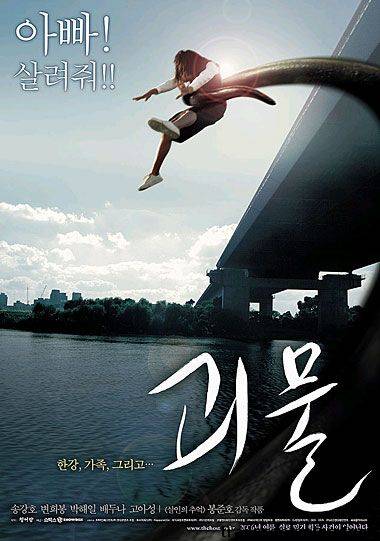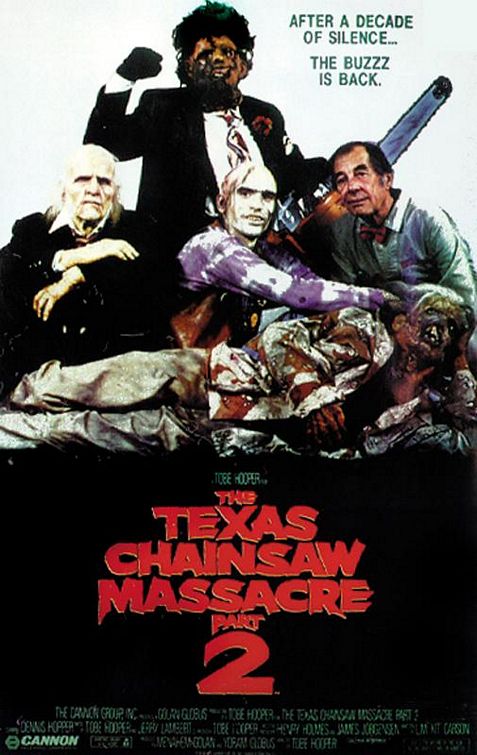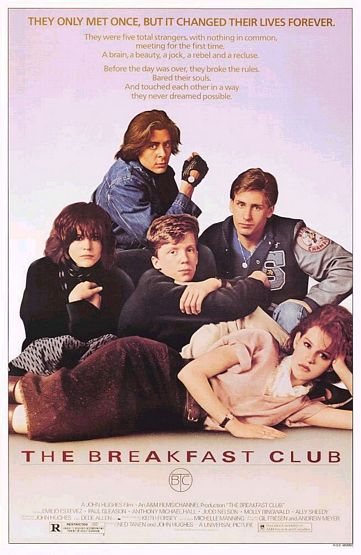The way Lucile Hadzihalilovic's Innocence (2004) is made shows a chilly kind of French discipline, which exaggerates the fact that it doesn't explain anything to the viewer. This discipline is on display from frame one, and the first five minutes of the film are a masterclass in menacing ambiguity. Set in a girl's school surrounded by a wall with no gate and staffed with adults who seem more servants than chaperones, Innocence posits a kind of prepubescent idyll. But why does our protagonist arrive at the school in a child's coffin? I'm classifying this as a horror movie, but it doesn't really fit comfortably in a pigeonhole. There's no violence in the movie, after all, but that menace that hangs over the film is unforgettable.
Anyone who doesn't know the intended direction of George Romero's zombie movies can be forgiven for looking at Andrew Currie's Fido (2006) and wondering where the hell that came from. Romero had intended to steer his series towards a new society where zombies are controlled by enclaves of humans, used as servants, and even used to wage wars. Fido is a logical extension of that, presenting a post-zombie world in which zombies are kept as pets. This is what you might get if you crossed Lassie (Timmy's in trouble! Go get help, Fido) with Land of the Dead and salted it with a generous helping of Douglas Sirk for good measure. Include a generous helping of good actors, including Carrie Anne Moss, Billy Connoly, Dylan Baker, and Tim Blake Nelson, and you have a recipe for a cult classic, right? Well, in theory, I suppose. It's all well and good to include a Sirkian subtext of frustrated sexuality in a stifling fifties sitcom world, but it's quite another to lace the entire movie with a not so subtle undercurrent of necrophilia. It makes for a creepy viewing experience. And not creepy in a good way. Plus, it's not as funny as the premise would suggest. It's not awful, but it's a misfire none the less.
Speaking of misfires, has it really been twenty years since Paul Verhoeven came to Hollywood? Jesus, what a waste. That waste is highlighted in his first film in six years (his last was the nigh-unwatchable Hollow Man), for which the director returned to his native Holland. Black Book (2006) shows why Verhoeven mattered in the first place, all the while giving license to the excesses that led him so far astray. The good stuff: Carice Van Houten is going to be a major star. Mark my words. She's the actress Verhoeven always wanted (in Sharon Stone or Renée Soutendijk) but never had before now. There's also a certain playfullness in the way the director and screenwriter Gerard Soeteman booby-trap the cliches of the WWII thriller, culminating in a bitterly ironic twist of the tail at the end. I mean, I can hear Verhoeven chuckling at the very notion that the Nazis could be heroic and that the resistance could be villainous (and overtly anti-Semetic). That's a perilous knife's edge that the film walks, especially given that the movie starts with the massacre of a boat full of Jews who have been betrayed to the SS. But, Verhoeven being Verhoeven, he can't resist a scene in which van Houten brushes her pubic hair with peroxide to dye it blonde. Nor can he resist the excessive defilement of his heroine when she's tormented as a Nazi collaborator. That all said, I'll give him props. This movie holds one's attention from scene to scene, and the film's running time unspools in a relative blink. I see that Verhoeven is heading back to Hollywood. Ah, well...
Monday, November 26, 2007
Innocence and Experience
Posted by
Vulnavia Morbius
at
8:41 AM
1 comments
![]()
Labels: Black Book, Fido, Innocence
Friday, November 16, 2007
Early Hitchcock and Favorite Horror Movie Posters
I've been sitting on public domain collections of Hitchcock for a while now. One of my brothers, who seems to forget this every year, buys them for me at Christmas. Hopefully, I've nipped this in the bud, but I still have more than enough of them. The quality of the transfers is wildly variable, as you might expect, but they're watchable for the most part (I'll get to that further on). As I was watching Young and Innocent and Blackmail this week, I kept hearing Andre De Toth's dismissal of Hitchcock in Hollywood ("He got fat and lazy"--well, he was ALWAYS fat). I began to understand just what he meant.
Young and Innocent (1937) is an early variation on Hitchcock's "man wrongly accused on the run" movies, following on The 39 Steps a couple of years earlier. It's certainly energetic. Of the early British Hitchcock movies, this is the one that seems most like his Hollywood movies. Clearly, he had become a prestige director by this time, and the higher budget is on full display in two sequences: in the mine cave-in, which seems an arbitrary disaster like the plane crash in Foreign Correspondent; and the famed overhead shot of a ballroom that comes to rest four inches from the eyes of the killer (it's almost a reversed version of the final shot of the shower scene in Psycho, the one that dollies back from Janet Leigh's staring eye). But in a lot of ways, this movie isn't like Hitchcock's Hollywood films at all. Visually, it's loaded with quaint excressences the likes of which Hitchcock would strip out of his later movies, and some sequences show the director clinging to the visual shorthand of his silent movies.
Blackmail (1929) is a true sound/silent hybrid, and shows Hitchcock at his most inventive. There's a bold dynamism in his shot compositions and editing scheme in the silent portions of the film, and a kind of remarkable frankness in the sound material that would go underground during the director's long tenure laboring under the Production code. Hitchcock provides no title cards for the silent portions, but he doesn't need them (compare this to Rich and Strange, in which the sound portions are punctuated with title cards, perhaps tongue in cheek). With this film's climax, we find the first instance of the director staging mayhem in or near a monument as a means of contrasting order and chaos, a trope rumored to have been suggested to Hitchcock by Michael Powell. Unfortunately, the disc pixilated into a storm of digital noise at the end of the movie. The problem with the public domain is that you often get what you pay for, or, more accurately, when you pay peanuts, you get monkeys.
I was reading a lament that the art of the movie poster was lost. While I can certainly understand this sentiment, I think there are still movie posters being made today that stand with the best posters of yesteryear. Two of my favorites are from horror movies made last year.
I love, love, love this poster for Perfume: The Story of a Murderer:

I love, love, love this poster for The Host:

But this may be my favorite horror movie poster. It's for The Texas Chain-Saw Massacre 2:


Posted by
Vulnavia Morbius
at
8:29 AM
0
comments
![]()
Labels: Alfred Hitchcock, Blackmail, Perfume: The Story of a Murderer, Posters, The Breakfast Club, The Host, The Texas Chain Saw Massacre 2, Young and Innocent














